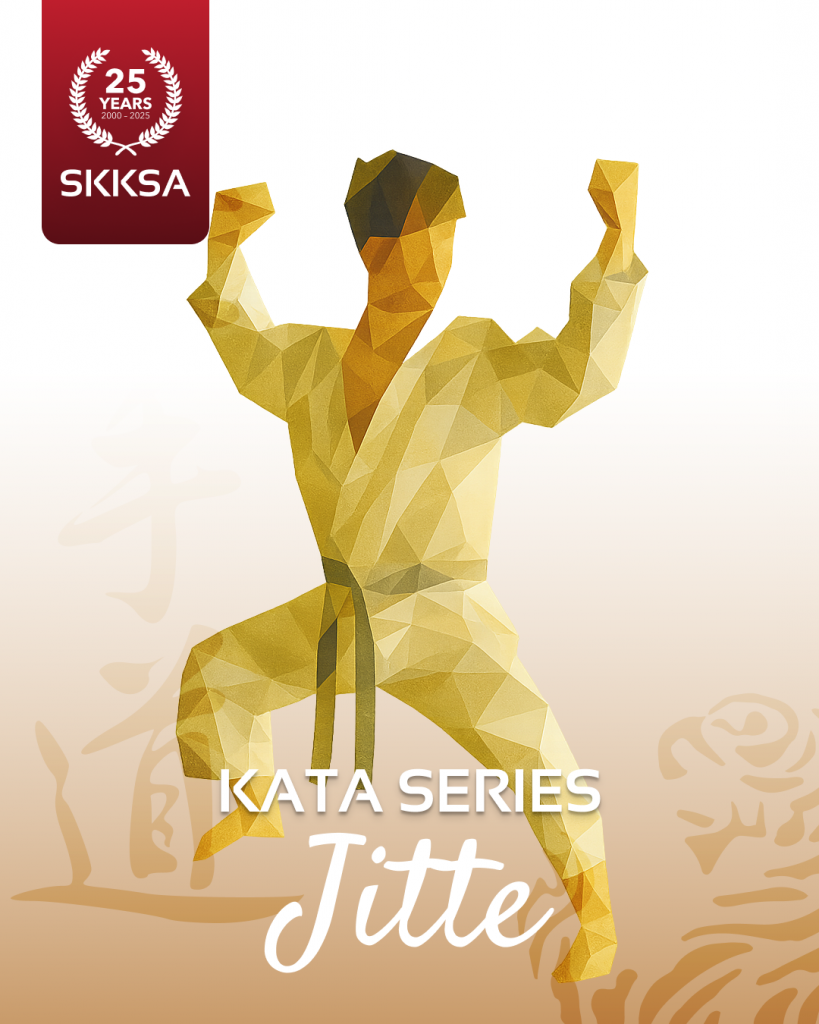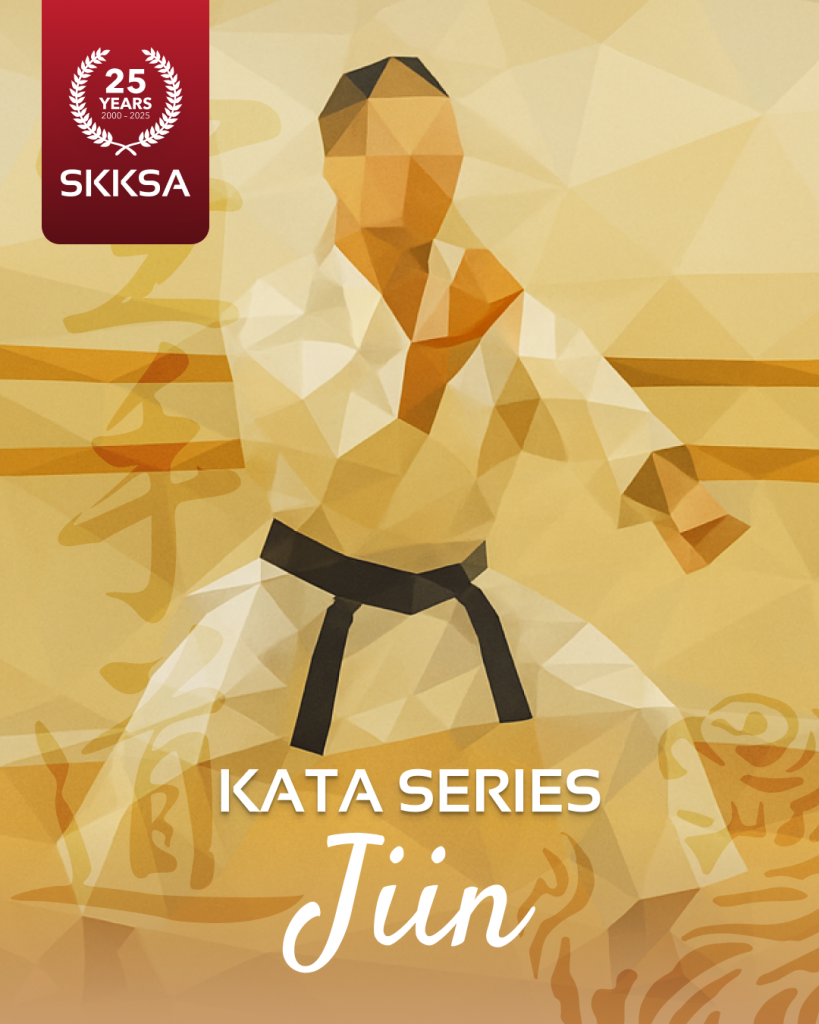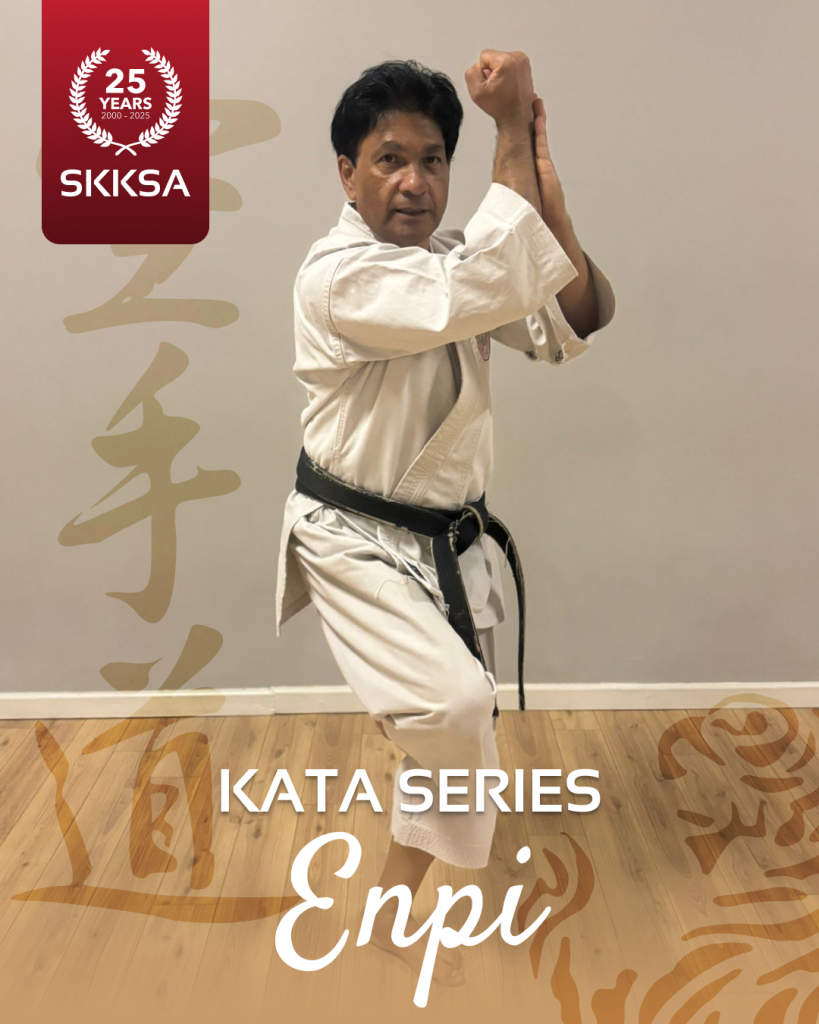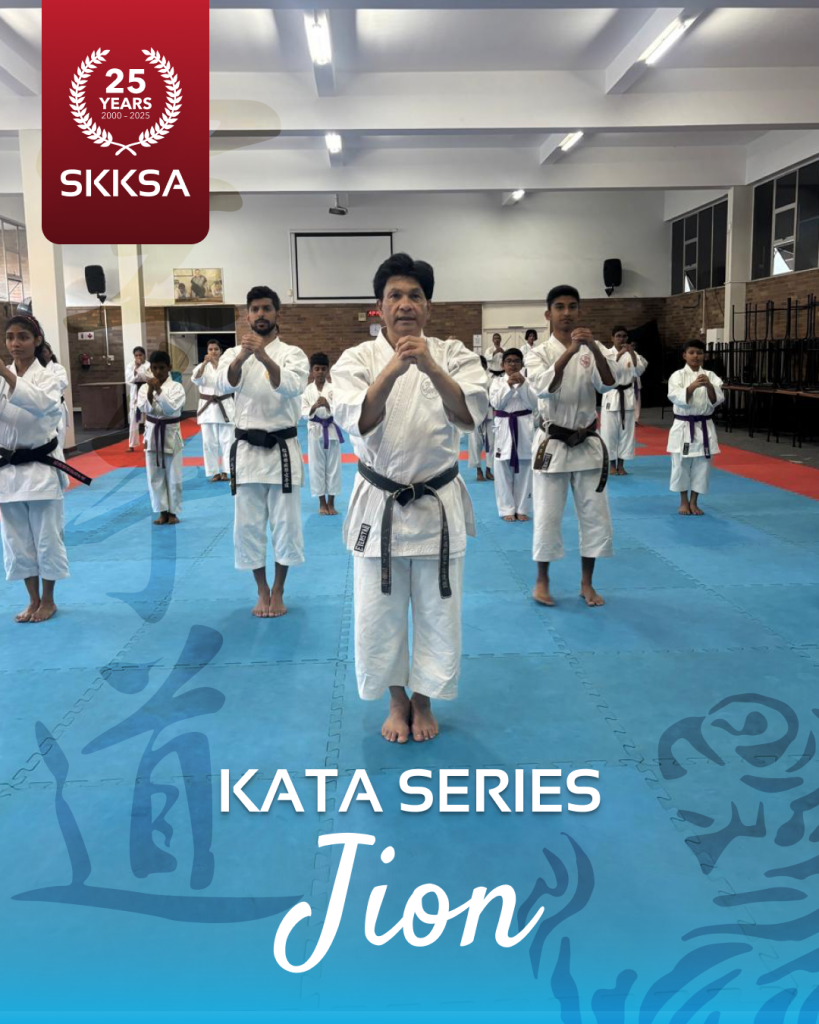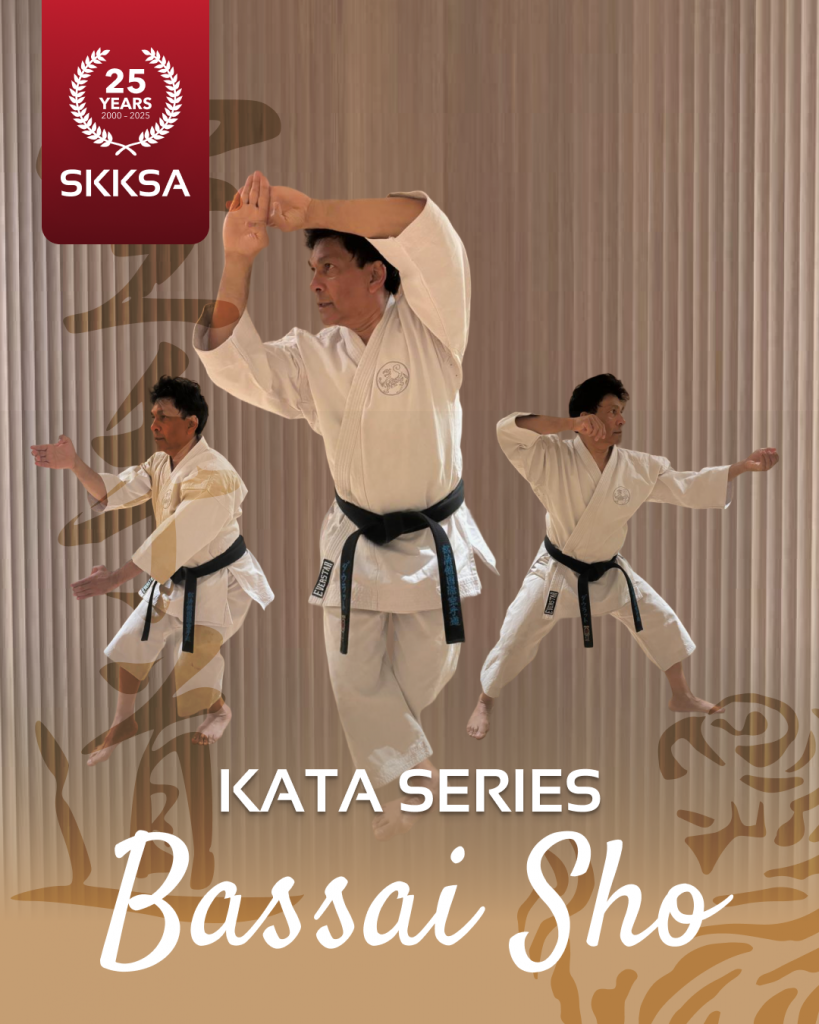
Today’s kata series continues with kata Bassai Sho, the smaller cousin of kata Bassa-dai. Whereas Bassa-dai’s movements are larger (dai translates to major) Bassai Sho movements are smaller (sho translates to minor).
Both katas have their meaning from storming a castle/fortress. They focus is the idea of changing “disadvantage” into “advantage” by strong and courageous response, switching blocks and differing degrees of power.
Bassai Sho is an elegant kata, with sweeping movements designed for stealth when capturing the “enemy” or fortress. It has a focus on smaller, more intricate movements and quick transitions, while also emphasizing core stability and balance.
While Bassai Sho shares some techniques with Bassai Dai, it also includes unique movements and emphasis on certain aspects of technique, like unusual blocks or grappling techniques. It also gives opportunities for interesting applications (bunkai) and we look forward to Aneel Sensei taking us through this kata today.
